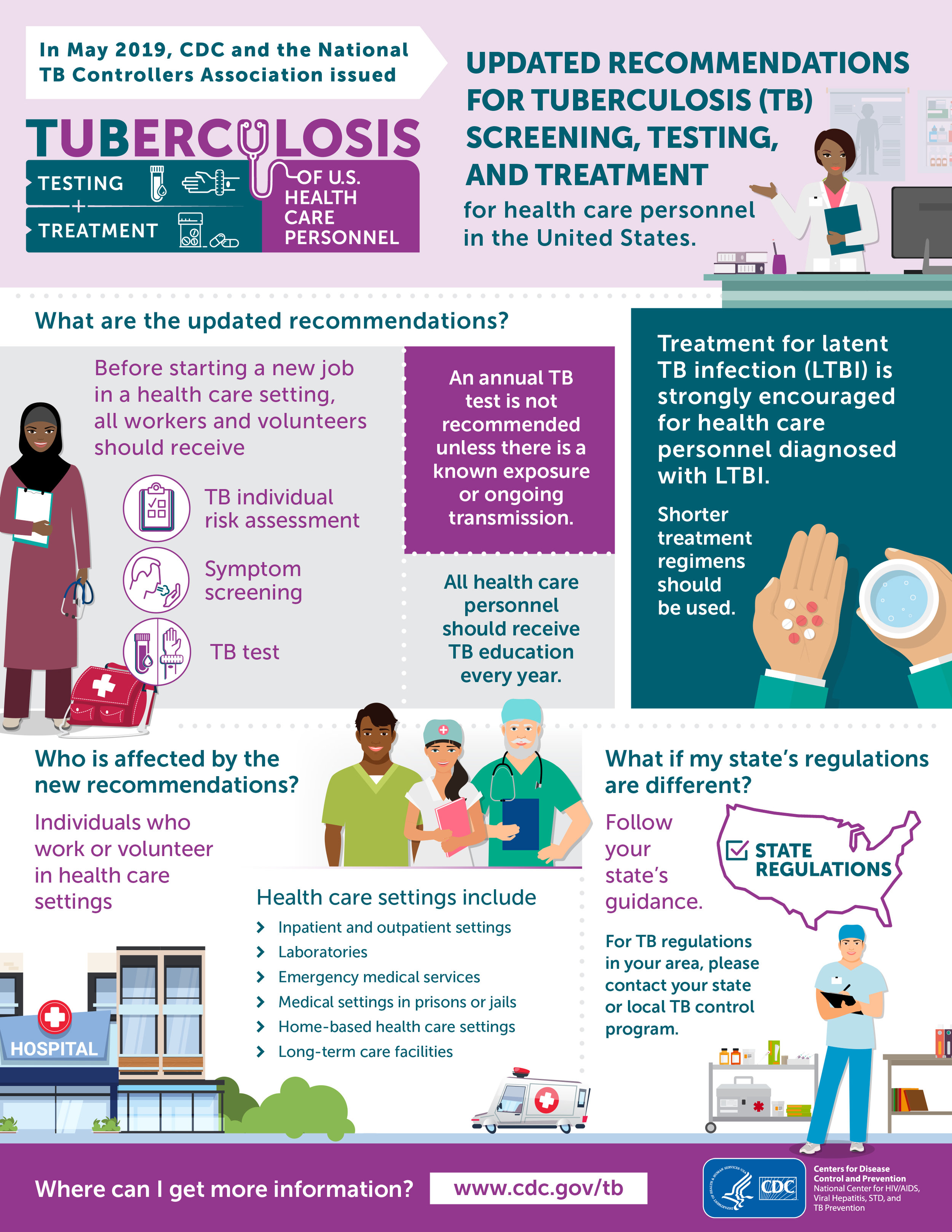The results of new research show the presence of Staphylococcus aureus (S. aureus) on the cell phones of many nursing students.
Researchers collected samples from 100 cell phones of students participating in nursing, biomedicine, pharmacy, dentistry and nutrition courses; 20 cell phones were collected from students in each course. The vast majority of bacteria detected was found on cell phones belonging to students in the nursing courses. Of the bacteria isolated, 85% were resistant to penicillin and half had the ability to adhere to surfaces.
As noted in a news release about the research, which was conducted at the Western University of São Paulo, Brazil, "Nursing students are very likely to become carriers of S. aureus since clinical practice in hospital settings is part of their coursework and exposure to occupational hazards is inherent to this setting, which could favor the colonization and contamination of the surface of cell devices."
While cell phones can be helpful tools, this research further shows that they can also contribute to infections when used in healthcare environments without proper disinfection.
Lizziane Kretli, professor at the Western University of São Paulo, said, in the release, "The widespread use of cell devices in hospitals and healthcare settings has raised major concerns about nosocomial infections, especially in areas requiring the highest standards of hygiene, such as the operating room."
The research was presented at ASM Microbe, the annual meeting of the American Society for Microbiology.




